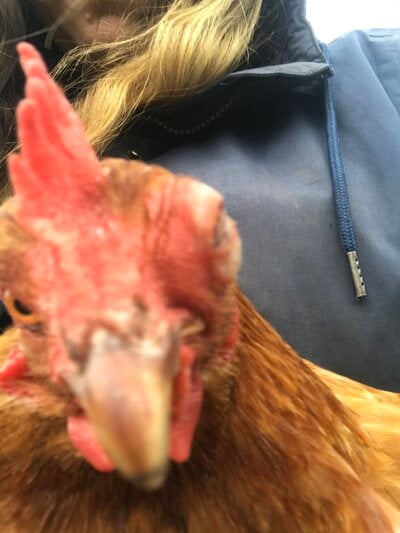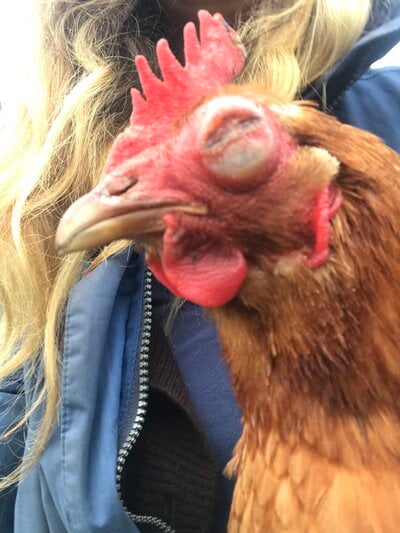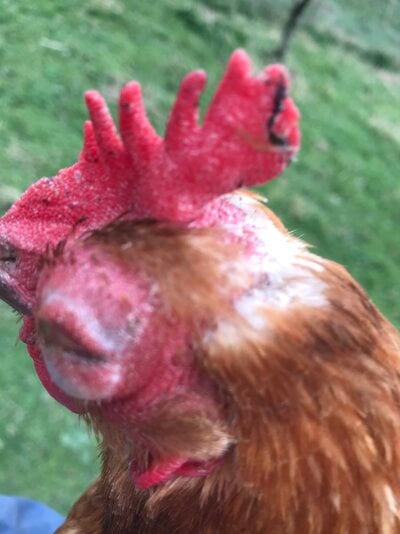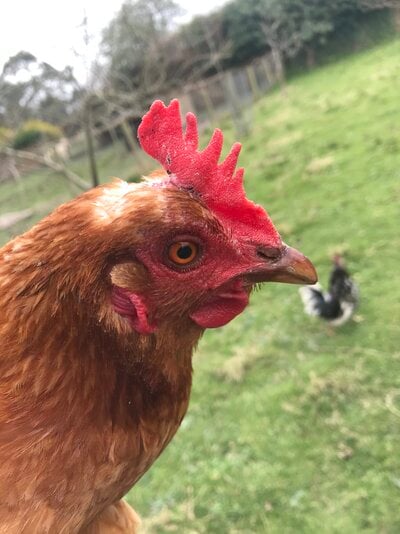- Sep 22, 2013
- 73
- 32
- 114
One of my hens developed a swollen eye yesterday, would anyone know what the cause might be? And what treatment to try?
One swollen eye
No nasal discharge
Acting totally normal otherwise
I cleaned the eye and there was some blood inside
One swollen eye
No nasal discharge
Acting totally normal otherwise
I cleaned the eye and there was some blood inside








 ath:/APHIS_Content_Library/SA_Our_Focus/SA_Animal_Health/SA_Lab_Information_Services/SA_Diagnostic_Tests
ath:/APHIS_Content_Library/SA_Our_Focus/SA_Animal_Health/SA_Lab_Information_Services/SA_Diagnostic_Tests